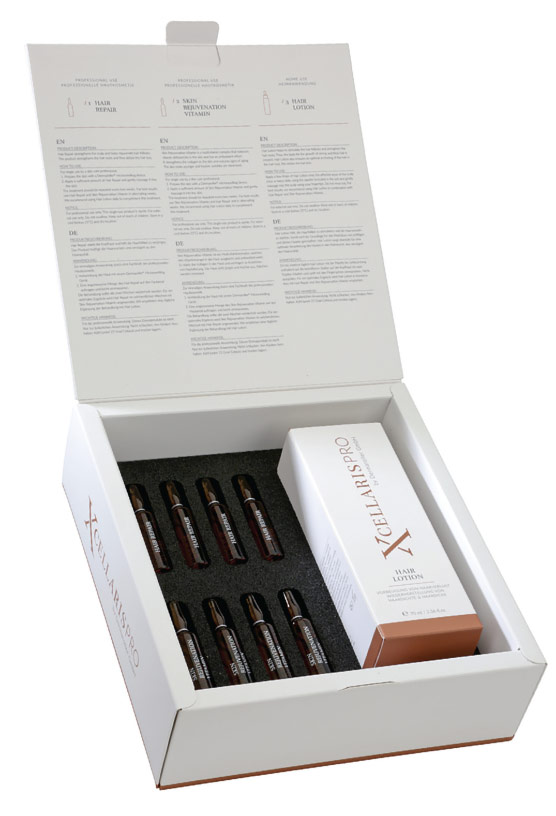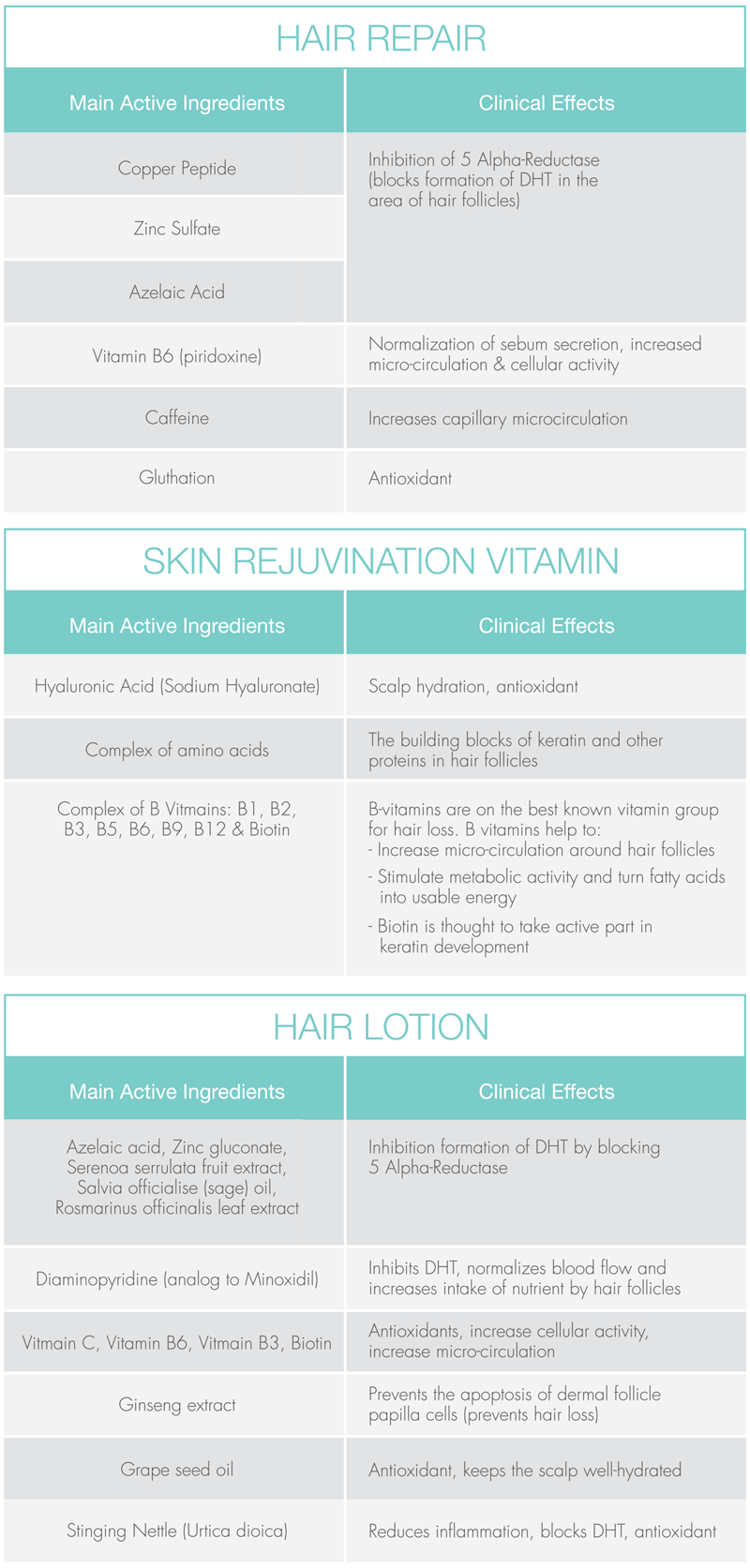What Is PRP?
Platelet-rich plasma, or PRP, is a substance that’s thought to promote healing when injected. Plasma is a component of your blood that contains special “factors,” or proteins, that help your blood to clot. It also contains proteins that support cell growth. Researchers have produced PRP by isolating plasma from blood and concentrating it.
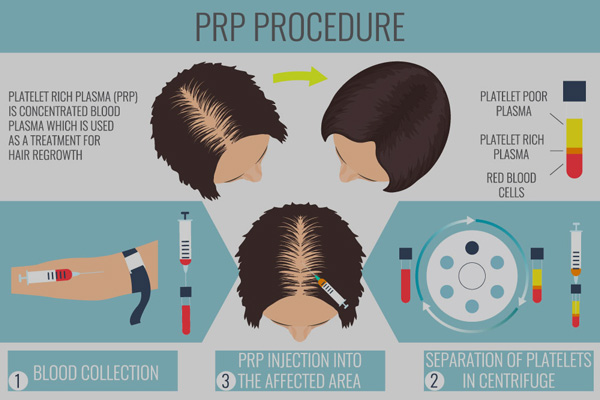
The idea is that injecting PRP into damaged tissues will stimulate your body to grow new, healthy cells and promote healing. Because the tissue growth factors are more concentrated in the prepared growth injections, researchers think the body’s tissues may heal faster.
The treatment hasn’t been definitively proven. However, famous athletes like Tiger Woods and tennis star Rafael Nadal have been known to use these injections to help heal injuries.
What are the purposes of PRP injections?
Researchers are trying out PRP injections across a number of applications. Examples of these include:
Hair loss: Doctors have injected PRP into the scalp to promote hair growth and prevent hair loss. According to research from 2014, PRP injections are effective in treating androgenic alopecia, which is also known as male pattern baldness.
Tendon injuries: Tendons are tough, thick bands of tissue that connect muscle to bone. They are usually slow to heal after injury. Doctors have used PRP injections to treat chronic tendon problems, such as tennis elbow, Achilles tendonitis at the ankle, and jumper’s knee, or pain in the patellar tendon in the knee.
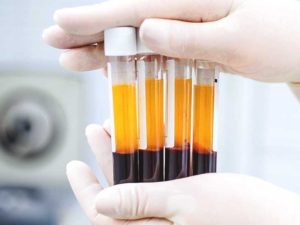
Acute injuries: Doctors have used PRP injections to treat acute sports injuries, such as pulled hamstring muscles or knee sprains.
Postsurgical repair: Sometimes doctors use PRP injections after surgery to repair a torn tendon (such as a rotator cuff tendon in the shoulder) or ligaments (such as the anterior cruciate ligament, or ACL).
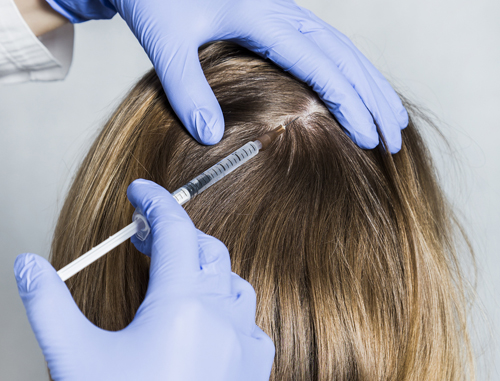
Osteoarthritis: Doctors have injected PRP into the knees of people with osteoarthritis. A 2015 study found that PRP injections were more effective than hyaluronic acid injections (a traditional therapy) for treating osteoarthritis. However, the trial was a small group of 160 people, so larger trials are needed for this to be conclusive.
It’s important to note that none of these uses have been definitively proven to provide results.
PRP injection process
Here’s what to expect from a typical PRP injection process:
- A healthcare professional will draw a sample of your blood. The amount of the sample depends on where the PRP will be injected. For example, the amount of blood taken for injection into the scalp for one study was 20 milliliters. This is slightly larger than one teaspoon.
- The blood is placed into a centrifuge. This is a machine that spins around very quickly, causing the blood components to separate. The separation process takes about 15 minutes.
- A technologist takes the separated plasma and prepares it for injection into the affected area.
This process usually takes around one hour.
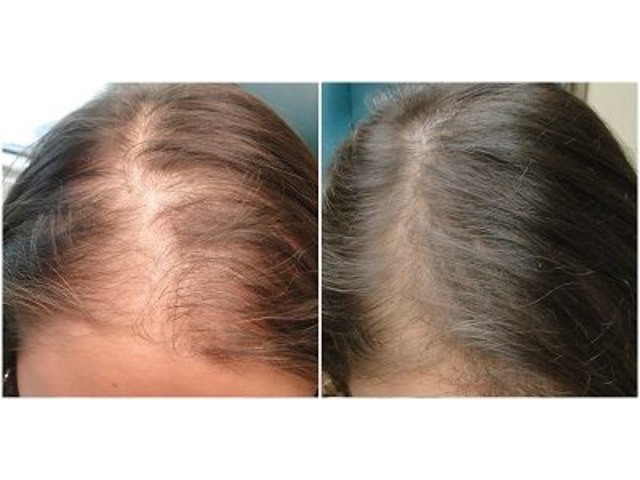
What are the potential side effects of PRP?
Because PRP involves injecting a substance into the skin, there are potential side effects. PRP is autologous, which means it contains substances that come directly from your own body. This reduces the risks for an allergic reaction that can occur from injecting other medications, such as cortisone or hyaluronic acid. However, there are risks from the injection itself, including:
- infection
- nerve injuries
- pain at the injection site
- tissue damage
You should discuss these potential risks with your doctor, as well as the steps your doctor will take to minimize these risks.
What is the recovery time for PRP injections?
When PRP is injected following injury, your doctor may recommend that you rest the affected area. However, these recommendations are more related to the injury and less to the PRP injections. Most people can continue their daily activities following PRP injections.
Because PRP injections are intended to promote healing or growth, you may not notice an immediate difference after receiving the injections. However, in several weeks or months, you may observe that the area is healing faster or growing more hair than you would have expected if you hadn’t received PRP injections.
- Revival PRP is the most advanced PRP system for micro-needling
- Equipped with a unique separator gel that eliminates unwanted blood components from the applied serum
- PRP is rich with growth factors that reduce inflammation and speed up the healing process
Hair Growth
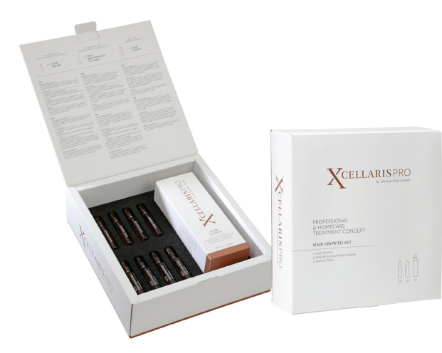
Key Benefits
- Slows down hair loss
- Strengthens the scalp while rejuvenating hair follicles
- Stimulates hair growth while increasing thickness and denstity of hair
- Ensures optimal hair anchorage in the hair bulb while maintaining structure and function of healthy skin tissue
XCELLARISPRO – Hair Growth Kit

Product Details
- 4x Hair Repair Ampules (5ml each) – a robust complex of natural DHT blockers, antioxidants and cell activity boosters
- 4x Skin Rejuvenation Vitamin ampules (5ml each) – rich with vitamins and amino acids necessary for healthy hair growth
- 1x bottle of Hair Lotion (70ml) – a therapeutic complex of DHT blockers, antioxidants and scalp-rejuvenation agents
